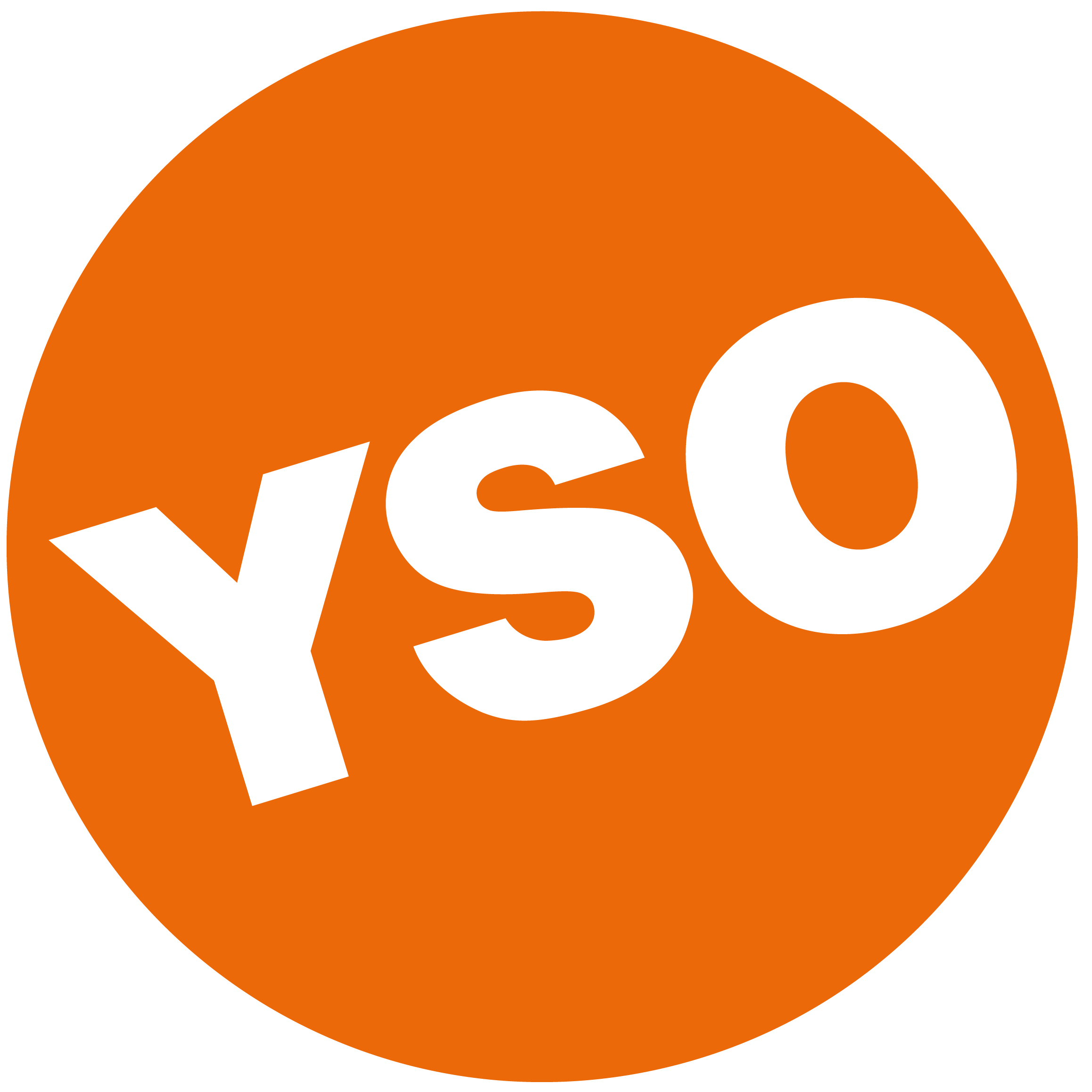Proteste, Gegenproteste und dann noch ein skandalumwitterter Kongress. Nach Wochen der Geheimhaltung ist die größte Überraschung von allen: der Palästina-Kongress findet Mitte April tatsächlich statt. Doch dann wird er bereits am Tag der Eröffnung verboten. Wir führten Interviews u. a. mit Lea Rosh und Yanis Varoufakis.
3sat Kulturzeit, 9.11.2023 On November 5, exactly 100 years ago, Berlin citizens marched through the streets of the Scheunenviertel and committed acts of violence against Jews. Until then, such events had only been known in Eastern Europe. Most people thought it was impossible that something like this could happen in the middle of Germany. In Grenadierstrasse in particular, a mob was able to rage, injure and loot undisturbed for hours. German and international media reacted with shock. November 9, 1938 is commemorated every year. The attacks of 1923,
Fachkräftemangel, eine überalterte Gesellschaft, Automatisierung und KI - Die Arbeitswelt verändert sich. Experten diagnostizieren einen Wandel vom Arbeitgeber- hin zu einem Arbeitnehmermarkt. Müssen nun die Unternehmer zum Bewerbungsgespräch, um überhaupt noch Arbeitskräfte zu finden? Wird bald insgesamt weniger gearbeitet? Kommt die 4-Tage-Woche? Sterben Bullshit-Jobs aus? Wie sieht „sinnvolle“ Arbeit in Zukunft aus?Der Beitrag wurde am 14.11.2023 in 3sat erstmal ausgestrahlt.https://www.3sat.de/kultur/kulturzeit/die-zukunft-der-arbeit-sendung-vom-14-11-2023-100.html
3sat, 26.9.2022 When Otto Hahn discovered atomic fission in 1938, he had no idea that atoms would also release a lot of energy socially. The world is once again discussing the splitting of small parts - German nuclear power plants are to go into reserve operation, a second Chernobyl is looming at the Ukrainian nuclear power plant in Zaporizhia. The so-called peaceful use of nuclear energy in particular is proving to be unpeaceful and is currently becoming a target of war and a bone of contention. We talk to environmental author Fred Pearce, who has just published an award-winning book on nuclear disasters.
ZDF, Planet e, 27.3.2022 Die Städte der Welt müssen sich neu erfinden. Nur so wird es gelingen, künftig Klimaneutralität zu erreichen. Vicente Guallart, ein Architekt aus Barcelona, möchte die Landwirtschaft zurück in die Großstädte holen. Auf Dächern und Häuserwänden soll Photovoltaik zum Einsatz kommen. Die oberste Etage wird zum Gewächshaus, und das Gemüse kann dort erzeugt werden, wo es auch gegessen wird: in der Stadt selbst.Mit grünem Wasserstoff könnte man einen ähnlichen Weg beschreiten: Wohnhäuser sollen zu sauberen Energieversorgern werden. Der
